- Quick and easy service
Car Rental Amsterdam
Search, compare & book!
- Free cancellation Up to 48 hours prior to the scheduled pick up time
- Best price guarantee Have you found a better price? Let us know and we will make you a better offer.
- 24000+ pick-up locations Locations around the world
Car Rental Amsterdam
Renting a car in Amsterdam is simple with us. We offer the best rates in the market. We offer rental cars worldwide, in over 125 countries and more than 17,000 locations. All inclusive car rental in Amsterdam at the best rates - quality service guaranteed!
Car rental offers in Amsterdam
Whether you're looking for a small rental car or a station wagon for the entire family, we will always have a suitable vehicle for the lowest price. Below are some examples from our selection in Amsterdam.
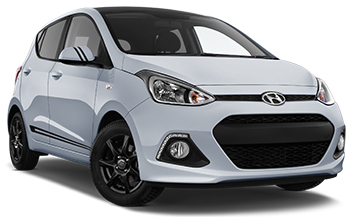
-
Green Motion From€ 14 /day -
Alamo From€ 26 /day
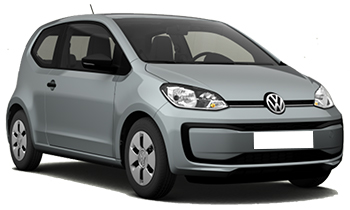
-
Keddy By Europcar From€ 20 /day

-
Green Motion From€ 22 /day -
Alamo From€ 29 /day
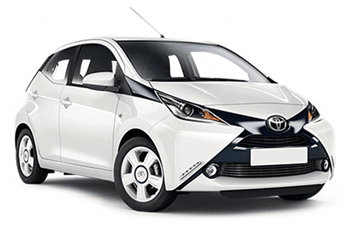
-
Thrifty From€ 21 /day -
Hertz From€ 23 /day -
Budget From€ 25 /day
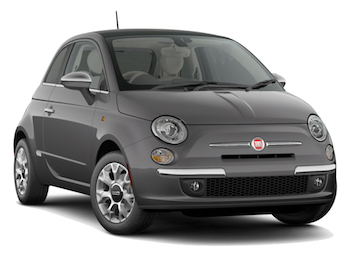
-
Keddy By Europcar From€ 21 /day -
Dollar Rent a Car From€ 21 /day -
Europcar From€ 24 /day

-
Thrifty From€ 24 /day -
Avis From€ 26 /day -
Budget From€ 29 /day
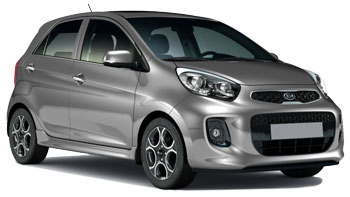
-
Dollar Rent a Car From€ 21 /day -
Enterprise From€ 28 /day -
Alamo From€ 38 /day
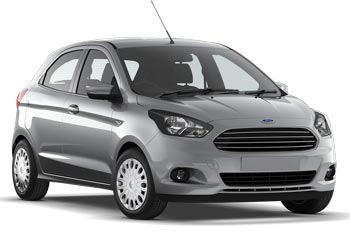
-
Thrifty From€ 22 /day

-
Keddy By Europcar From€ 24 /day -
Europcar From€ 24 /day -
Hertz From€ 26 /day

-
Green Motion From€ 17 /day
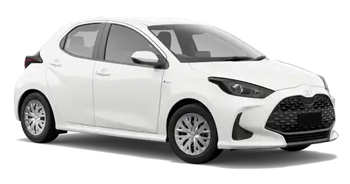
-
Keddy By Europcar From€ 17 /day -
Europcar From€ 24 /day -
Budget From€ 34 /day

-
Keddy By Europcar From€ 22 /day -
Europcar From€ 29 /day -
Avis From€ 35 /day
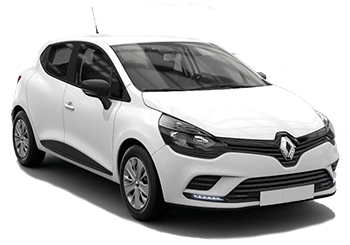
-
Keddy By Europcar From€ 22 /day -
Europcar From€ 25 /day
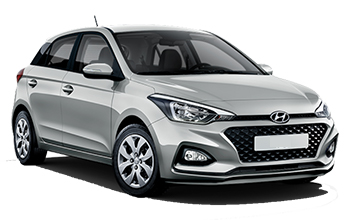
-
Green Motion From€ 24 /day -
Enterprise From€ 38 /day -
Hertz From€ 38 /day
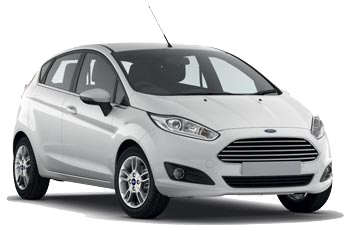
-
Thrifty From€ 23 /day -
Hertz From€ 24 /day -
Dollar Rent a Car From€ 25 /day
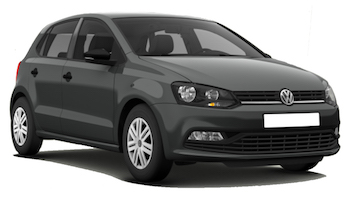
-
Keddy By Europcar From€ 24 /day -
Europcar From€ 28 /day
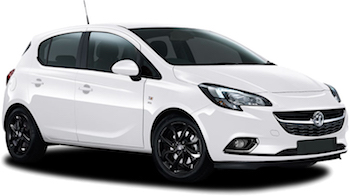
-
Thrifty From€ 26 /day -
Hertz From€ 27 /day -
Budget From€ 30 /day

-
Green Motion From€ 24 /day -
Enterprise From€ 33 /day -
Hertz From€ 36 /day

-
Green Motion From€ 22 /day -
Keddy By Europcar From€ 28 /day -
Europcar From€ 29 /day

-
Green Motion From€ 24 /day -
Hertz From€ 27 /day -
Dollar Rent a Car From€ 28 /day
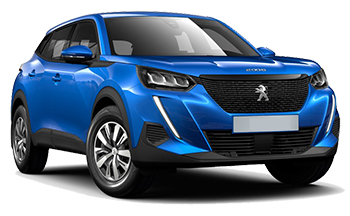
-
Keddy By Europcar From€ 25 /day -
Budget From€ 34 /day -
Europcar From€ 34 /day

-
Keddy By Europcar From€ 24 /day -
Flizzr From€ 29 /day -
Europcar From€ 29 /day
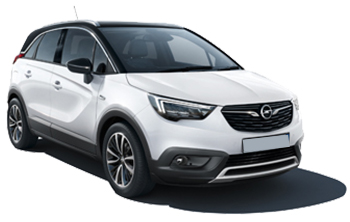
-
Europcar From€ 29 /day -
Hertz From€ 37 /day -
Thrifty From€ 37 /day
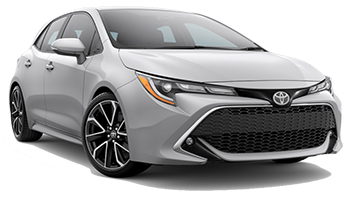
-
Keddy By Europcar From€ 26 /day -
Europcar From€ 26 /day -
Hertz From€ 40 /day

-
Europcar From€ 26 /day -
Hertz From€ 33 /day -
Thrifty From€ 37 /day

-
Keddy By Europcar From€ 30 /day -
Europcar From€ 31 /day -
Avis From€ 44 /day

-
Europcar From€ 26 /day
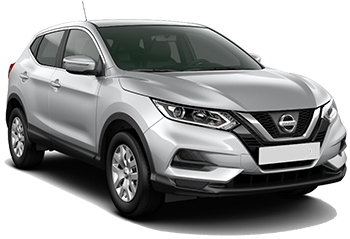
-
Keddy By Europcar From€ 25 /day -
Dollar Rent a Car From€ 33 /day -
Europcar From€ 34 /day

-
Hertz From€ 27 /day

-
Keddy By Europcar From€ 30 /day -
Europcar From€ 34 /day -
Dollar Rent a Car From€ 40 /day
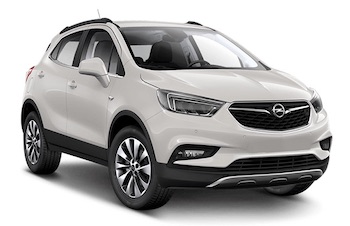
-
Thrifty From€ 30 /day -
Alamo From€ 38 /day -
Enterprise From€ 48 /day
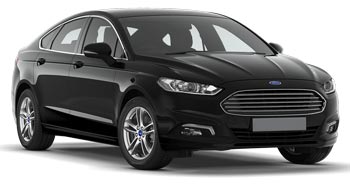
-
Thrifty From€ 34 /day
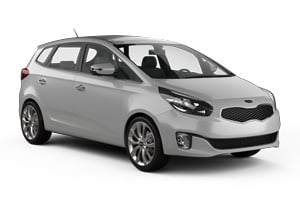
-
Dollar Rent a Car From€ 33 /day
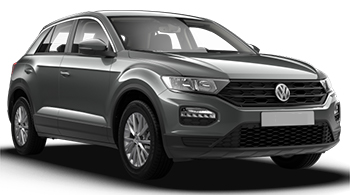
-
Alamo From€ 33 /day -
Enterprise From€ 35 /day

-
Alamo From€ 40 /day -
Enterprise From€ 44 /day

-
Alamo From€ 34 /day -
Enterprise From€ 36 /day

-
Europcar From€ 36 /day

-
Alamo From€ 38 /day -
Enterprise From€ 40 /day -
Budget From€ 42 /day

-
Keddy By Europcar From€ 38 /day -
Europcar From€ 41 /day

-
Keddy By Europcar From€ 38 /day -
Europcar From€ 41 /day
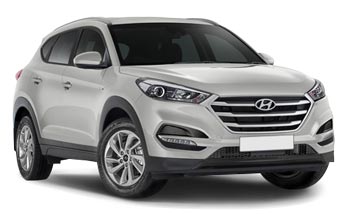
-
Alamo From€ 42 /day -
Enterprise From€ 45 /day

-
Flizzr From€ 39 /day -
Sixt From€ 41 /day
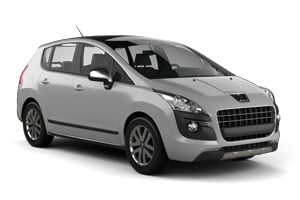
-
Flizzr From€ 39 /day -
Sixt From€ 45 /day

-
Alamo From€ 43 /day -
Budget From€ 45 /day -
Enterprise From€ 46 /day

-
Europcar From€ 39 /day
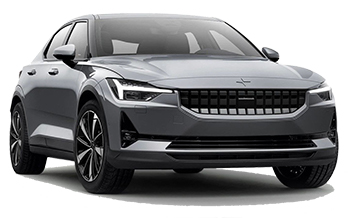
-
Hertz From€ 40 /day

-
Hertz From€ 43 /day
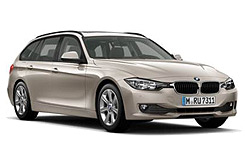
-
Hertz From€ 45 /day -
Sixt From€ 47 /day -
Budget From€ 51 /day

-
Hertz From€ 48 /day -
Sixt From€ 66 /day -
Alamo From€ 66 /day
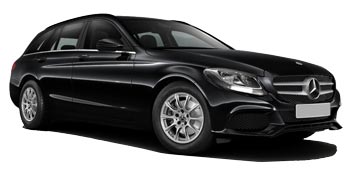
-
Hertz From€ 49 /day -
Europcar From€ 51 /day -
Sixt From€ 94 /day

-
Hertz From€ 48 /day -
Europcar From€ 51 /day -
Sixt From€ 65 /day
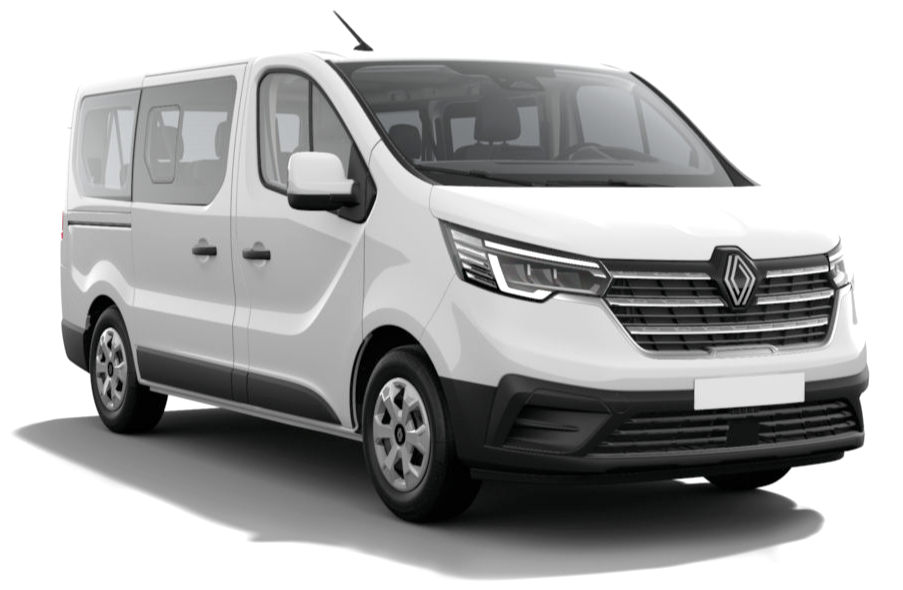
-
Avis From€ 48 /day

-
Avis From€ 49 /day
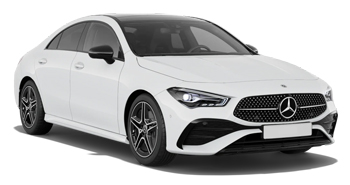
-
Enterprise From€ 52 /day -
Alamo From€ 55 /day

-
Hertz From€ 39 /day

-
Hertz From€ 42 /day

-
Europcar From€ 43 /day -
Keddy By Europcar From€ 50 /day
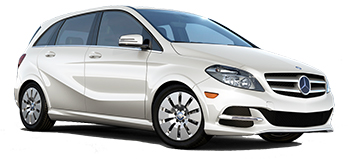
-
Europcar From€ 43 /day

-
Europcar From€ 50 /day -
Keddy By Europcar From€ 51 /day
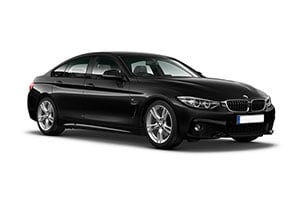
-
Enterprise From€ 48 /day -
Sixt From€ 60 /day -
Alamo From€ 63 /day

-
Enterprise From€ 51 /day -
Sixt From€ 67 /day -
Alamo From€ 67 /day

-
Enterprise From€ 53 /day -
National Car Rental From€ 58 /day -
Alamo From€ 66 /day

-
Enterprise From€ 55 /day -
National Car Rental From€ 67 /day -
Alamo From€ 70 /day

-
Keddy By Europcar From€ 26 /day -
Europcar From€ 36 /day -
Hertz From€ 40 /day

-
Keddy By Europcar From€ 30 /day -
Europcar From€ 41 /day -
Avis From€ 44 /day
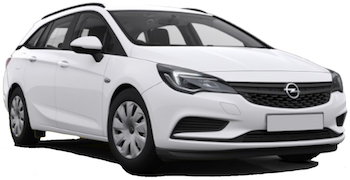
-
Flizzr From€ 32 /day -
Sixt From€ 36 /day
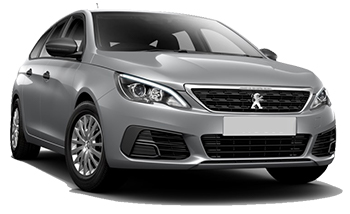
-
Flizzr From€ 32 /day -
Sixt From€ 35 /day
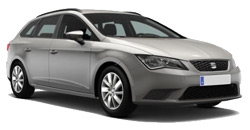
-
Alamo From€ 38 /day -
Enterprise From€ 44 /day -
National Car Rental From€ 51 /day

-
Alamo From€ 34 /day -
Enterprise From€ 37 /day -
National Car Rental From€ 40 /day

-
Sixt From€ 35 /day
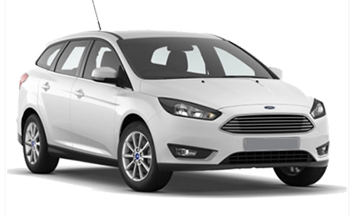
-
Thrifty From€ 39 /day -
Enterprise From€ 42 /day -
Hertz From€ 43 /day

-
Thrifty From€ 35 /day -
Enterprise From€ 38 /day -
Hertz From€ 38 /day
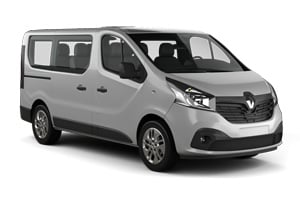
-
Budget From€ 39 /day -
Avis From€ 41 /day

-
Budget From€ 47 /day -
Avis From€ 48 /day

-
Avis From€ 49 /day -
Budget From€ 53 /day
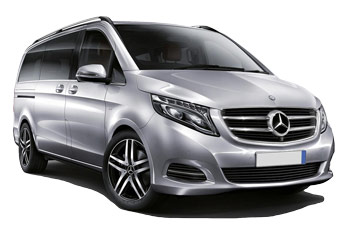
-
Keddy By Europcar From€ 48 /day -
Europcar From€ 51 /day -
Alamo From€ 119 /day

-
Keddy By Europcar From€ 50 /day -
Alamo From€ 119 /day -
Enterprise From€ 123 /day

-
Budget From€ 55 /day -
Avis From€ 58 /day
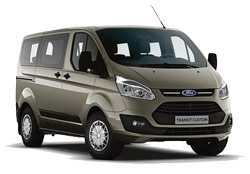
-
Hertz From€ 71 /day

-
Avis From€ 73 /day -
Budget From€ 133 /day

-
Avis From€ 73 /day -
Budget From€ 157 /day
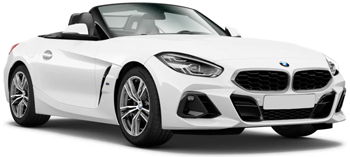
-
Sixt From€ 69 /day

-
Sixt From€ 76 /day
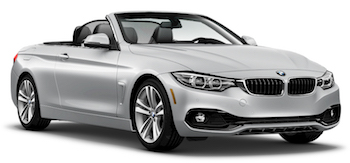
-
Sixt From€ 96 /day

-
Sixt From€ 112 /day

-
Green Motion From€ 24 /day

-
Keddy By Europcar From€ 28 /day -
Europcar From€ 30 /day

-
Keddy By Europcar From€ 30 /day

-
Keddy By Europcar From€ 28 /day -
Green Motion From€ 29 /day

-
Keddy By Europcar From€ 28 /day -
Europcar From€ 34 /day -
Avis From€ 37 /day

-
Europcar From€ 31 /day -
Keddy By Europcar From€ 31 /day

-
Flizzr From€ 29 /day -
Sixt From€ 32 /day

-
Keddy By Europcar From€ 34 /day -
Budget From€ 41 /day -
Alamo From€ 42 /day
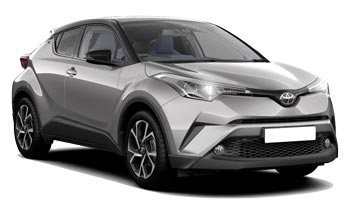
-
Budget From€ 32 /day -
Hertz From€ 35 /day
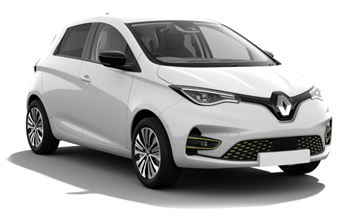
-
Hertz From€ 33 /day

-
Alamo From€ 38 /day -
Enterprise From€ 40 /day -
Sixt From€ 49 /day

-
Keddy By Europcar From€ 41 /day -
Europcar From€ 54 /day

-
Hertz From€ 38 /day

-
Keddy By Europcar From€ 39 /day -
Europcar From€ 51 /day

-
Hertz From€ 42 /day
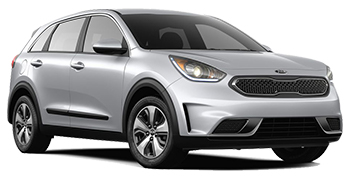
-
Avis From€ 40 /day -
Budget From€ 40 /day -
Hertz From€ 47 /day

-
Avis From€ 40 /day -
Budget From€ 40 /day

-
Alamo From€ 43 /day -
Enterprise From€ 46 /day -
Sixt From€ 60 /day
Car rental companies in Amsterdam
Below are the car rental companies in Amsterdam with the best ratings. Compare all ratings and prices of these rental companies in one search.
-
Budget
From€ 25 / day -
Alamo
From€ 26 / day -
Enterprise
From€ 28 / day -
Avis
From€ 26 / day -
Flizzr
From€ 25 / day -
Green Motion
From€ 14 / day

When is the best time to book a rental car in Amsterdam?
Car rental companies in and around Amsterdam
Information about Amsterdam
"Amsterdam, that great city, is built on stilts". The first line of an old nursery rhyme, freely translated. The capital of the Netherlands stands on swampy ground and therefore all buildings must be piled. The piles aren't visible and the second line of the rhyme -"If that city would once collapse, who would pay the bills?" will never materialize.
The fact that Amsterdam is built in a wet area is visible by the numerous canals in the city with beautiful old houses, where the richer Amsterdam lives, both in the past as the present. In the evening and during the night the canals and bridges are nicely illuminated. A canal cruise is one of the top attractions. From the water you will get a much better view of the city, compared to walking around. The guide will draw your attention to all kinds of interesting details (like the narrowest house of Amsterdam, only a door wide!)
De Jordaan, on the west side of the center, used to be a poor neighborhood. This changed in the eighties of the last century. People discovered the charm of this district, with its many narrow streets and picturesque houses. Those houses were often dilapidated, but people with money had the possibilities to restore them. Now, de Jordaan is a trendy residential area with specialty shops, art galleries and a variety of restaurants. On Saturdays a farmers market is held on the Noordermarkt.
Just like Jordan, the Pijp (just south of the center) was a dilapidated working-class neighborhood. Today it is called the "Quartier Latin" of Amsterdam. The heart of the district is the famous Albert Cuyp market. In the streets around it you can find excellent restaurants.
Close to the Central Station is where the notorious Red Light District begins. The Rosse buurt is one of the oldest districts of the city. Unfortunately the beautiful historic facades are barely visible through all the neon signs. In and around the Wallen you will also find the best Asian restaurants in Amsterdam.
Traditional entertainment areas are the Leidseplein (Leiden Square) and Rembrandtplein (Rembrandt Square). If you are looking for a more local atmosphere, visit the cafes and bars in the districts mentioned above; de Jordaan and de Pijp.
Amsterdam has a good range of accommodation in all categories, but struggles with a shortage of hotel beds during the summer months in particular. If you want to visit Amsterdam during peak season, it is advisable to book your hotel room well in advance.
In and around Amsterdam
The Amsterdam museums have great appeal. Three of the top museums lie close to each other, surrounding the museum square. Firstly, of course, the Rijksmuseum (National Museum) with the world famous Night Watch by Rembrandt, but other great paintings as well by, Johan Vermeer, Jan Steen and Frans Hals amongst others.
The Van Gogh Museum has the largest collection of Vincent van Gogh's paintings in the world, while the Stedelijk Museum specializes in international, contemporary art.
The Amsterdam Historical Museum shows how the town developed from a simple fishing village to a powerful trade city.
Of another caliber is the Anne Frank House, near the Westerkerk (Wester Church) and at the edge of the Jordan. During World War II this was the hiding place of the Jewish girl Anne Frank. She wrote her diary here, which was published under the title "Het Achterhuis" ("The Secret Annex") after the war.
The Netherlands is a flat country of which a large part was recovered at sea by land reclamation. Just north of Amsterdam you can see the perfect example of this. The countryside north of the city is called Waterland. You can see polders as flat as a pancake here, cut by ditches to drain the water. In this area you can find historic towns like Durgerdam, Volendam, Marken and Edam. In Zaandam you can find the Zaansche Schans, with historic wooden houses and - of course - windmills.
The Netherlands is not only a flat, but also a small country. The large harbor of Rotterdam, the political capital of The Hague and the bustling Utrecht are all within an hours drive from Amsterdam.
You can only admire the beautiful flowers of the Keukenhof in Lisse in the spring. This impressive flower exhibition can be reached via the A4 (about 35 kilometers from Amsterdam).
Many Amsterdammers go to the North Sea coast in the summer. Prime destination is Zandvoort and this causes long traffic jams on hot days on the roads towards here. Quieter beaches are further north (Bergen, Castricum or Egmond).
Parking
Parking in Amsterdam is expensive. Virtually everywhere in town you have to pay for street parking. If you exceed the parking limit by only a few minutes, you will get a wheel clamp. These are only removed after paying a hefty fine. There are some parking garages in and around the center of the city. Much better is to park your car on the outskirts of Amsterdam (near the stadium Amsterdam Arena, in Amsterdam North or at Sloterdijk Station in the west of the city) and continue by public transport.
Amsterdam Airport
The airport of Amsterdam, Amsterdam Schiphol Airport, is located 15 kilometers southwest of the city, along the highway A4 (Amsterdam - The Hague). This airport is located - typically Dutch - in a polder. You arrive at or depart about four to five meters below sea level! Schiphol is one of the busiest airports in Europe. Only London Heathrow, Paris Charles de Gaulle and Frankfurt handle more passengers each year.